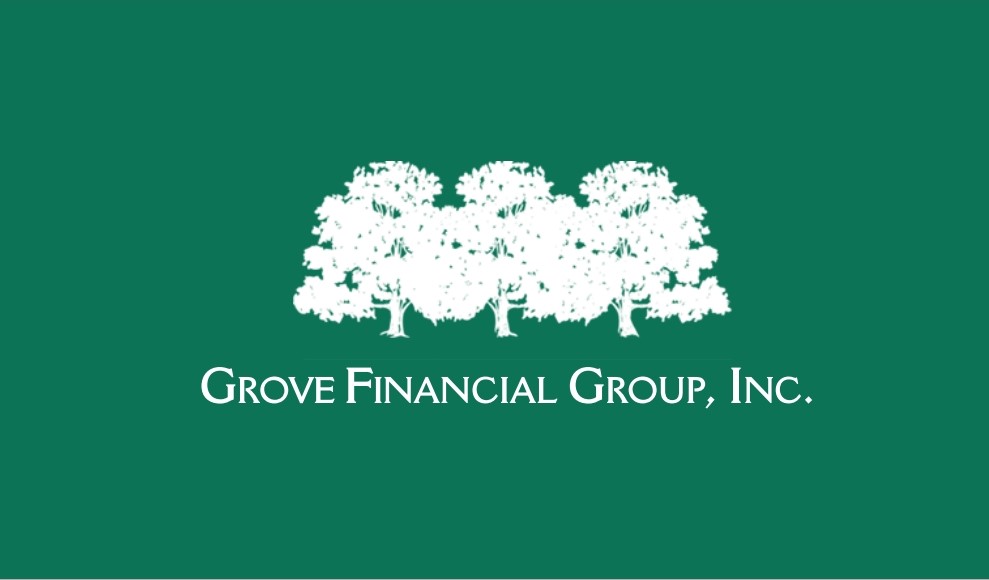- July 3, 2025
- by Leon Grove
- Finance, News, Retirement Planning
Introducing the Four Pillars: Why Traditional Wealth Advice Falls Short
The Interconnected Nature of True Prosperity
When most people think about building wealth, they compartmentalize. They separate their career from their investments, their spending from their values, and their financial goals from their life purpose. This fragmented approach might work for basic money management, but it falls short of creating true prosperity.
Real wealth isn’t built in silos—it’s built through interconnection.
The Four Pillars of Wealth (Time, Security, Freedom, and Legacy) don’t operate independently. They’re more like the chambers of your heart, each one essential and each one supporting the others. When you understand these connections, you stop chasing numbers and start building a life of genuine abundance.
Why Interconnection Matters More Than Accumulation
Traditional financial advice treats wealth like a math problem: earn X, save Y percent, invest in Z portfolio, and retire with W amount. But this linear thinking ignores a fundamental truth: the quality of your financial life depends more on how well your pillars work together than on how much you accumulate in any single area.
Consider Sarah, a successful marketing executive who followed traditional advice perfectly. She maximized her 401(k), built a six-month emergency fund, and invested in diversified index funds. On paper, she was winning. But she worked 60-hour weeks, rarely saw her family, and felt constantly anxious about market volatility.
Sarah had focused on accumulation without integration. Her Time pillar was crumbling under work pressure, which undermined her Security pillar (constant stress), limited her Freedom pillar (no flexibility to make choices), and threatened her Legacy pillar (missing her children’s childhood).
True prosperity requires balance and synergy between all four pillars.
How the Four Pillars Support Each Other
Time Amplifies Every Other Pillar
When you protect and optimize your time, you create a foundation that strengthens everything else:
- Time → Security: Having time allows you to make thoughtful financial decisions rather than reactive ones. You can research investments, understand insurance options, and build comprehensive protection strategies.
- Time → Freedom: Time is the ultimate freedom. When your financial plan buys back your time, you gain the flexibility to pursue passions, take calculated risks, or pivot when opportunities arise.
- Time → Legacy: The relationships you build and the impact you create require your presence. No amount of money can substitute for the time you invest in people and causes that matter to you.
Security Creates Space for Growth
When your Security pillar is strong, it liberates your other pillars:
- Security → Time: Knowing you’re protected from financial shocks eliminates the time you’d otherwise spend worrying. You sleep better, make clearer decisions, and can focus on what matters most.
- Security → Freedom: True freedom requires a foundation of security. When you know your basic needs are covered, you can take intelligent risks, pursue meaningful work, or make values-based decisions without fear.
- Security → Legacy: You can only give what you can afford to lose. A secure financial foundation allows you to be generous with both your resources and your time.
Freedom Fuels Purpose and Impact
Financial freedom isn’t about having unlimited money—it’s about having unlimited choices:
- Freedom → Time: When you’re not constrained by financial necessity, you can choose how to spend your time based on what matters most, not just what pays the bills.
- Freedom → Security: Paradoxically, the freedom to make choices often leads to greater security. You can diversify income streams, build multiple safety nets, and create resilience through flexibility.
- Freedom → Legacy: The greatest legacies come from people who had the freedom to follow their convictions. When you’re not trapped by financial constraints, you can make decisions based on values and long-term impact.
Legacy Gives Meaning to Everything Else
Your Legacy pillar transforms wealth from accumulation into significance:
- Legacy → Time: When you’re clear about the impact you want to make, you naturally prioritize your time toward activities that matter. Legacy thinking eliminates busy work and focuses energy on contribution.
- Legacy → Security: Building a legacy often requires taking calculated risks, but it also motivates you to create lasting security that extends beyond your lifetime.
- Legacy → Freedom: The desire to create meaningful impact often drives people to build greater financial freedom, knowing that impact requires resources and flexibility.
The Prosperity Flywheel Effect
When your Four Pillars work together, they create what we call the Prosperity Flywheel—a self-reinforcing cycle where strength in one area naturally builds strength in the others.
Here’s how it works:
Protected time allows you to make better financial decisions, which increases your security. Greater security gives you the confidence to make choices aligned with your values, which increases your freedom. More freedom enables you to focus on what matters most, which builds your legacy. And a clear sense of legacy helps you use your time more intentionally.
This flywheel effect explains why some people seem to effortlessly build wealth and life satisfaction while others struggle despite earning good incomes. The difference isn’t in their financial knowledge or earning power—it’s in how well they integrate their pillars.
Practical Integration: The Four Pillars Assessment
To build interconnected prosperity, start by evaluating how your pillars currently support each other:
Time Integration Questions:
- Does your work schedule allow time for financial planning and relationship building?
- Are you using time-saving tools and systems to create space for what matters most?
Security Integration Questions:
- Do your safety nets give you confidence to pursue meaningful opportunities?
- Are you protecting your ability to earn income, not just your accumulated assets?
Freedom Integration Questions:
- Are your financial choices expanding or limiting your future options?
- Do you have the flexibility to make values-based decisions when they conflict with purely financial ones?
Legacy Integration Questions:
- Are your financial strategies aligned with the impact you want to make?
- Are you building wealth in a way that models the values you want to pass on?
Moving Beyond Financial Planning to Life Design
The interconnected nature of true prosperity means you’re not just planning your finances—you’re designing your life. Every financial decision becomes a life decision. Every investment choice reflects your values. Every spending decision either supports or undermines your vision for the future.
This integration transforms wealth building from a chore into a creative act. Instead of following someone else’s blueprint, you’re architecting a life that reflects your unique priorities, relationships, and aspirations.
True prosperity isn’t about having it all—it’s about having it all work together.
“It’s not how much money you make, but how much money you keep, how hard it works for you, and how many generations you keep it for.”
— Robert Kiyosaki, author of “Rich Dad Poor Dad”
This quote is particularly powerful because it shifts the focus from earning to stewardship, aligning perfectly with your Four Pillars framework. It touches on Security (keeping what you earn), Freedom (making money work for you), and Legacy (thinking generationally) – making it ideal for your wealth-building philosophy.
In our next article, we’ll explore how to break down the financial silos that prevent this integration and begin building a truly holistic approach to wealth.
Ready to assess how well your pillars work together? Contact Grove Financial Group Inc. at 888-676-0196 to schedule your complimentary Four Pillars evaluation.




